

Successfully driving metal screws in wood is a fundamental skill for any DIY enthusiast or professional woodworker. Choosing the right screw for the job and employing proper techniques are crucial for achieving strong, secure joints that will last. This guide provides a detailed walkthrough of the entire process, from selecting appropriate metal screws to addressing common problems.
The success of your project hinges on selecting the correct type of screw. Different screws are designed for different applications and wood types. Here's a breakdown of common types:
| Screw Type | Description | Application |
|---|---|---|
| Wood Screws | Tapered threads, sharp point for easy entry. | General woodworking, joining boards. |
| Drywall Screws | Fine threads, self-tapping. | Attaching drywall to studs. Not ideal for hardwoods. |
| Sheet Metal Screws | Coarse threads for strength, often with a drill point. | Joining metal to wood. |
Table data is based on general industry knowledge. Specific screw types and applications may vary.
The size of your metal screws in wood will depend on the thickness and type of wood. Thicker woods and larger projects require longer and thicker screws. Consider the material of the screw as well – stainless steel screws offer superior resistance to corrosion compared to standard steel screws, especially in outdoor applications. For projects requiring high strength, consider using high-tensile screws.
Proper preparation is key to preventing wood splitting and ensuring a secure joint. Pre-drilling pilot holes is essential, especially for hardwoods and when using larger screws.
Using a drill bit slightly smaller than the screw's shank diameter helps prevent the wood from splitting. A countersink bit can create a recessed area for the screw head, providing a flush or countersunk finish. The correct bit size will depend on the metal screws used, check the manufacturer's specifications for guidance.
Use a screwdriver or drill with the appropriate bit to drive the screws straight and firmly. Avoid forcing the screw, as this can strip the wood or damage the screw head.
Stripped screw holes or split wood are common problems. Here are some solutions:
Using wood filler to fill in the stripped hole and redrilling is one option. Alternatively, consider using a larger screw or a wood screw with a larger diameter thread.
Driving metal screws in wood correctly involves careful screw selection, preparation, and technique. By following these steps, you can create strong, reliable joints for your woodworking projects. Remember to always prioritize safety and use appropriate safety equipment.
For a wider selection of high-quality metal screws and other hardware, explore the extensive inventory at Hebei Muyi Import&Export Trading Co.,Ltd. They offer a diverse range of products to suit various project needs.


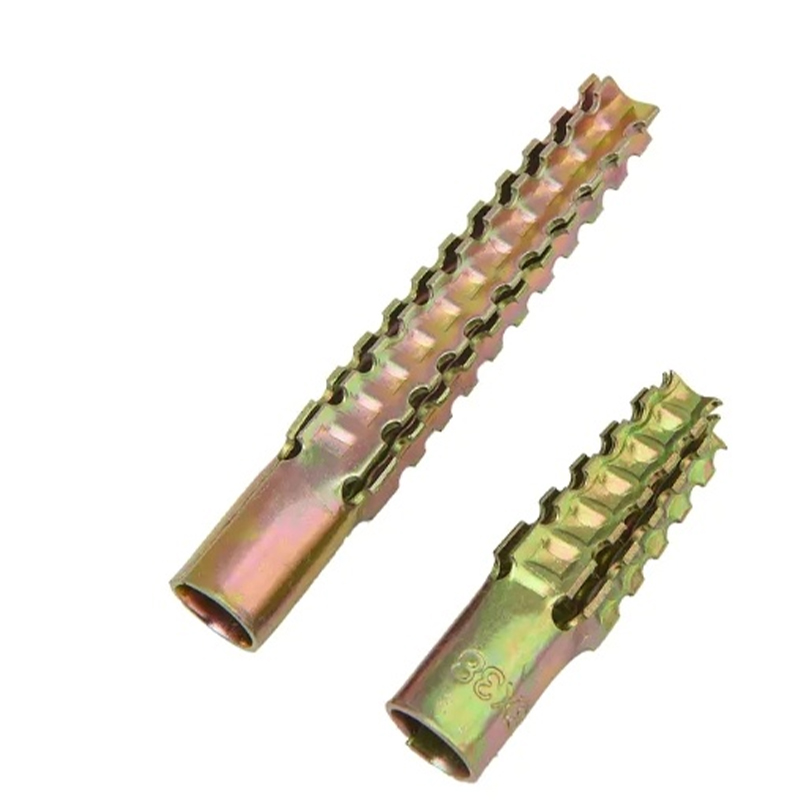
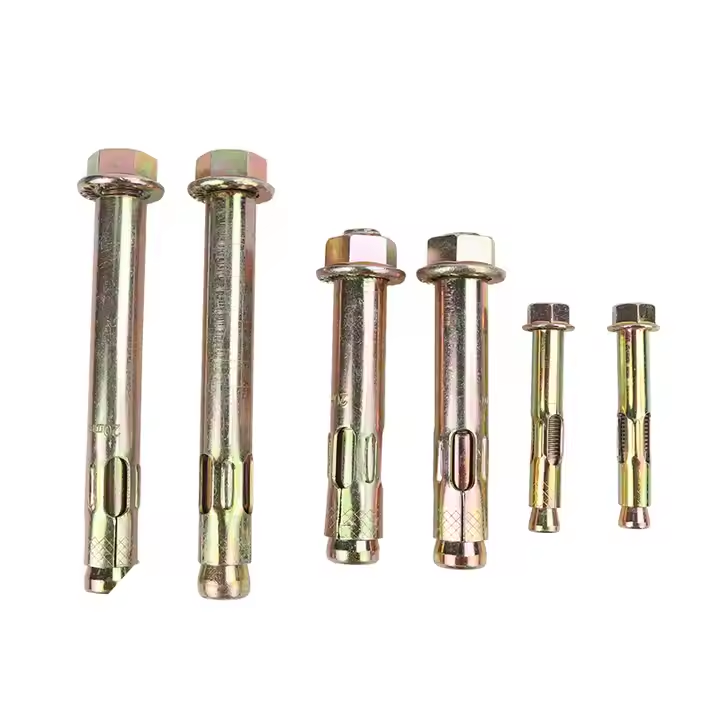
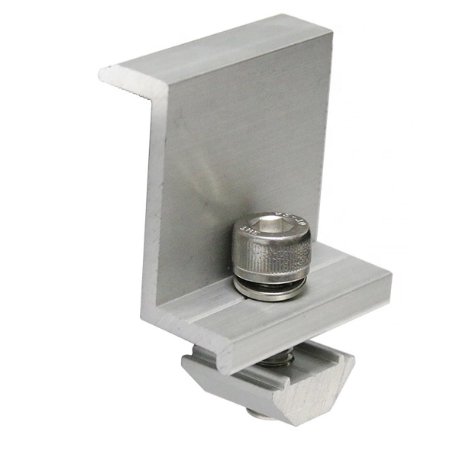

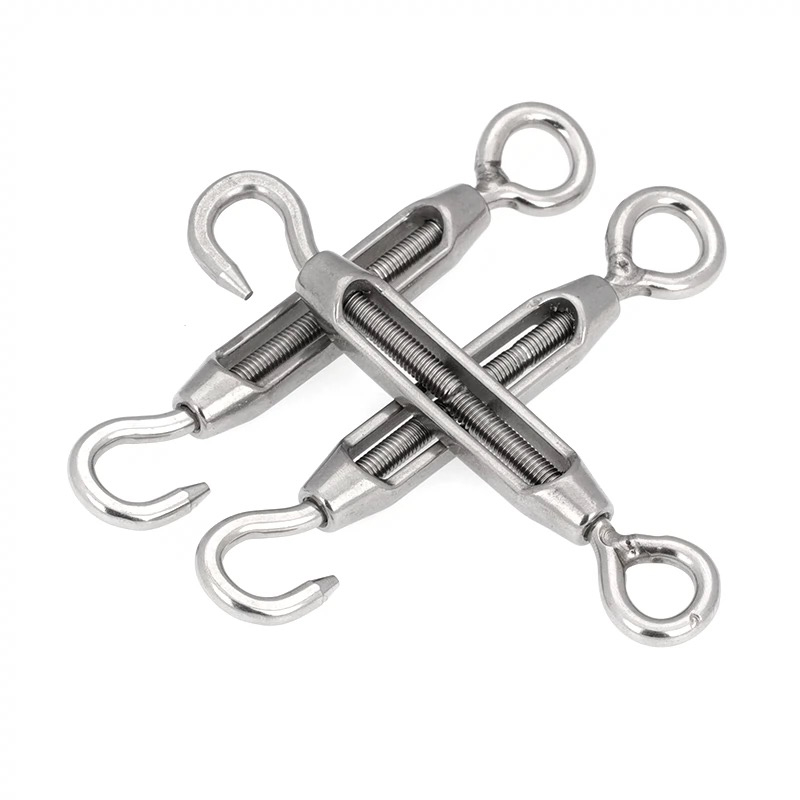

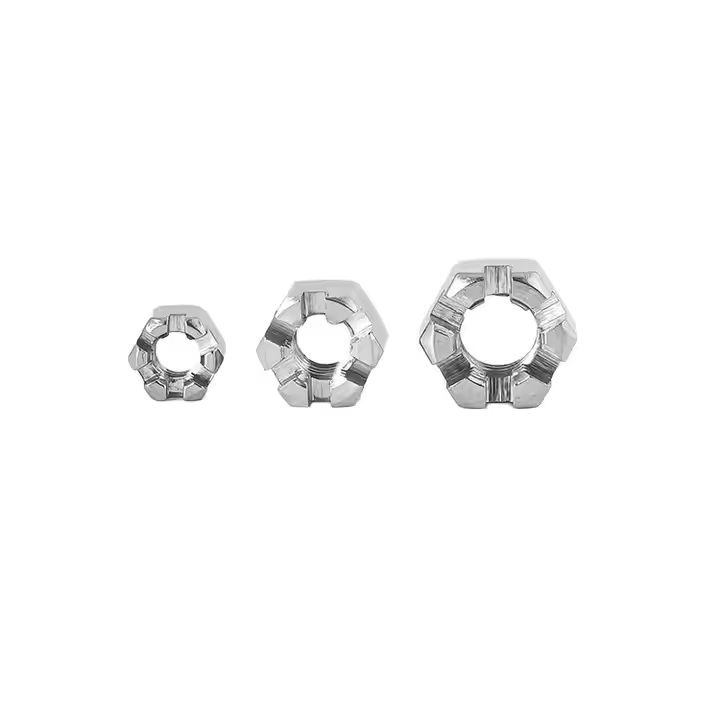
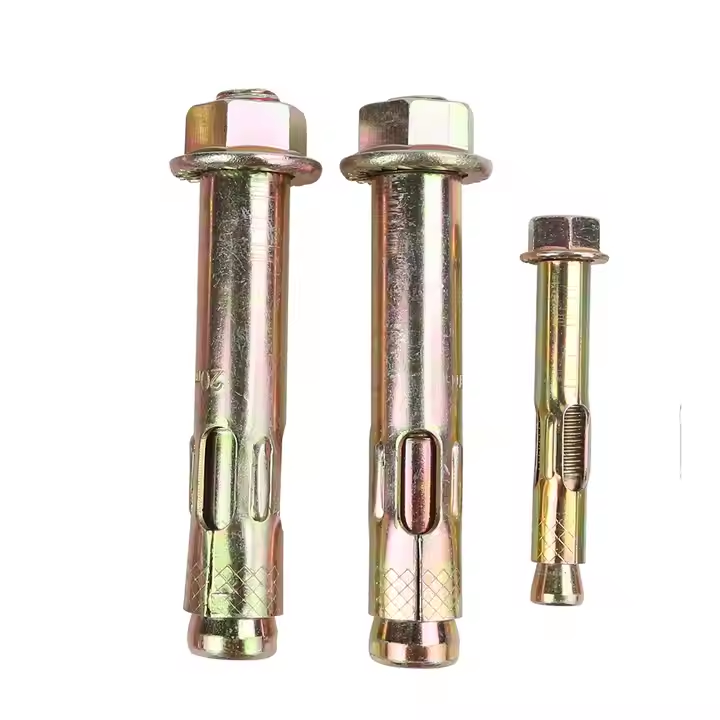
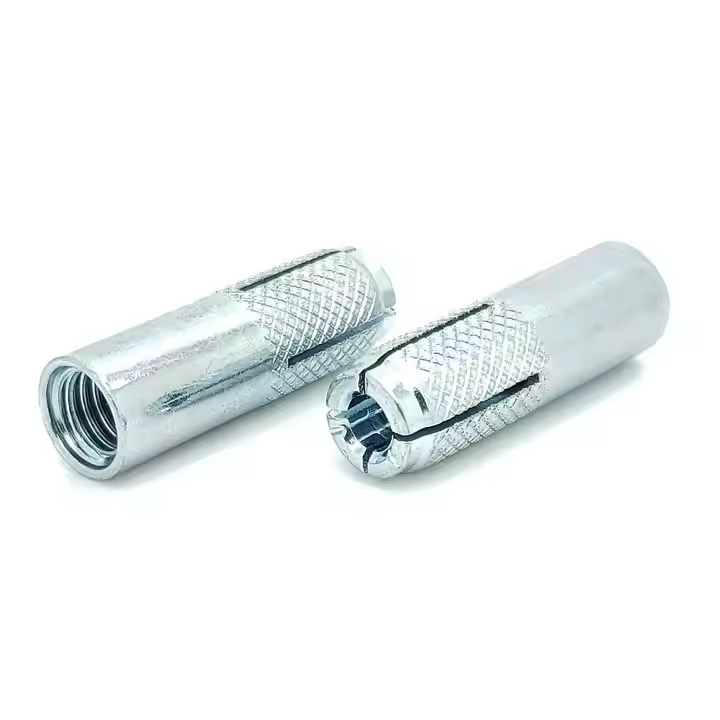


Please enter your email address and we will reply to your email.